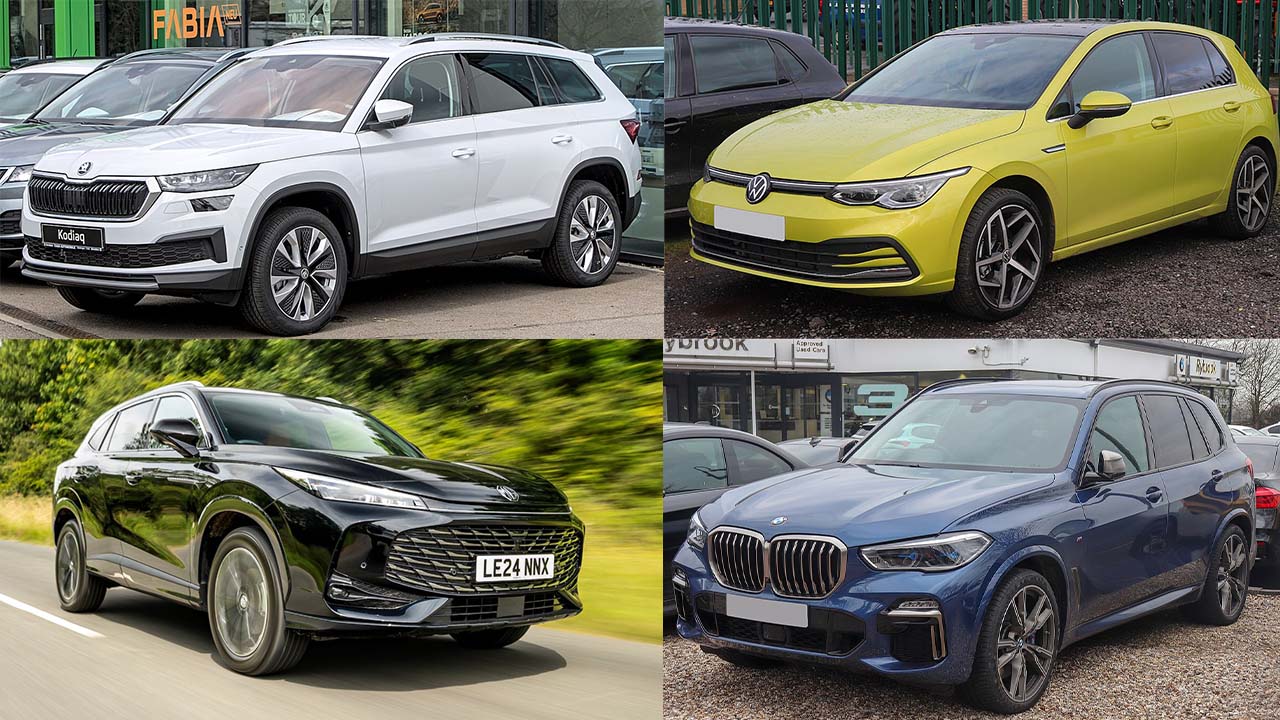Electric vehicles may represent the future of transportation, but they’re not the ideal choice for everyone.
A plug-in hybrid electric vehicle (PHEV) offers many of the benefits of a fully electric car while mitigating some of its potential drawbacks.
A PHEV, like all hybrid vehicles, combines a petrol or in rarer cases, diesel engine with an electric motor and battery. Power can be delivered to the wheels from either source individually or both simultaneously.
What sets PHEVs apart from conventional self-charging hybrid cars is the size of their battery pack.
While a self-charging hybrid can typically travel just a mile or two on electric power before the engine activates, a PHEV is capable of covering anywhere between 20 and over 80 miles without relying on the engine at all.
To support this functionality, plug-in hybrid cars true to their name can be charged externally, either via a home wallbox or, in certain cases, a fast public charger.
By regularly utilizing a PHEV’s electric range, drivers may find that they can complete many of their routine journeys without consuming any petrol.
However, unlike a fully electric vehicle, a PHEV retains a petrol engine in the background, ready to engage when needed. If the driver demands more power than the electric motor alone can supply, the engine will automatically activate.
Likewise, if the battery becomes depleted, the engine takes over, either driving the wheels directly or recharging the battery.
Drivers also have the flexibility to prioritize the petrol engine, preserving electric power for later in a trip for instance, when taking a long motorway journey but wanting to switch to electric mode while navigating a congested city center.
For those who have a predictable daily commute, access to home charging, but still require a vehicle for longer trips on weekends, a PHEV can be an excellent choice.
Additionally, PHEVs are an attractive option for company car users. Benefit-in-Kind (BiK) tax rates are determined by a vehicle’s CO2 emissions, and PHEVs record exceptionally low official CO2 figures in standardized tests.
Even if the electric battery is rarely used, a PHEV remains significantly more cost-effective as a company car compared to an equivalent petrol or diesel model, potentially saving drivers hundreds or even thousands of pounds.
That said, PHEVs are not without their compromises. Accommodating two fully functional yet distinct powertrains often results in reduced boot capacity or rear passenger space.
The added weight of the battery and electric motor also means that once the battery is depleted, a PHEV is typically less fuel-efficient than a self-charging hybrid or even a traditional petrol vehicle. Furthermore, they can be relatively expensive to purchase.
These selections cater to a variety of budgets and driving needs, ensuring there’s something suitable for every driver.
1. Skoda Superb Estate iV
There are very few cars these days that truly live up to their name, but the Skoda Superb is one of them it does exactly what it promises. As a spacious family estate, a plug-in hybrid, and simply as an overall vehicle, it’s nothing short of Superb.
Recognized as the Comfortable Cruiser, the Superb Estate could have easily won in multiple categories.
Its standout feature is practicality. Rear passengers enjoy an extraordinary amount of legroom so much so that it rivals many luxury limousines.
If you have teenagers who seem to be mostly arms and legs, they’ll have no trouble stretching out in absolute comfort.
Cargo space is another strong suit. Even though the plug-in hybrid version has a slightly smaller boot than the standard model, it still boasts an impressive 510-litre capacity enough to accommodate a full family’s luggage with ease.
Fold the rear seats flat, and it transforms into a low, elongated, carpeted cargo area. A trip to your favorite flat-pack furniture store won’t be an issue; even the most extravagant bedroom makeover items should fit effortlessly.
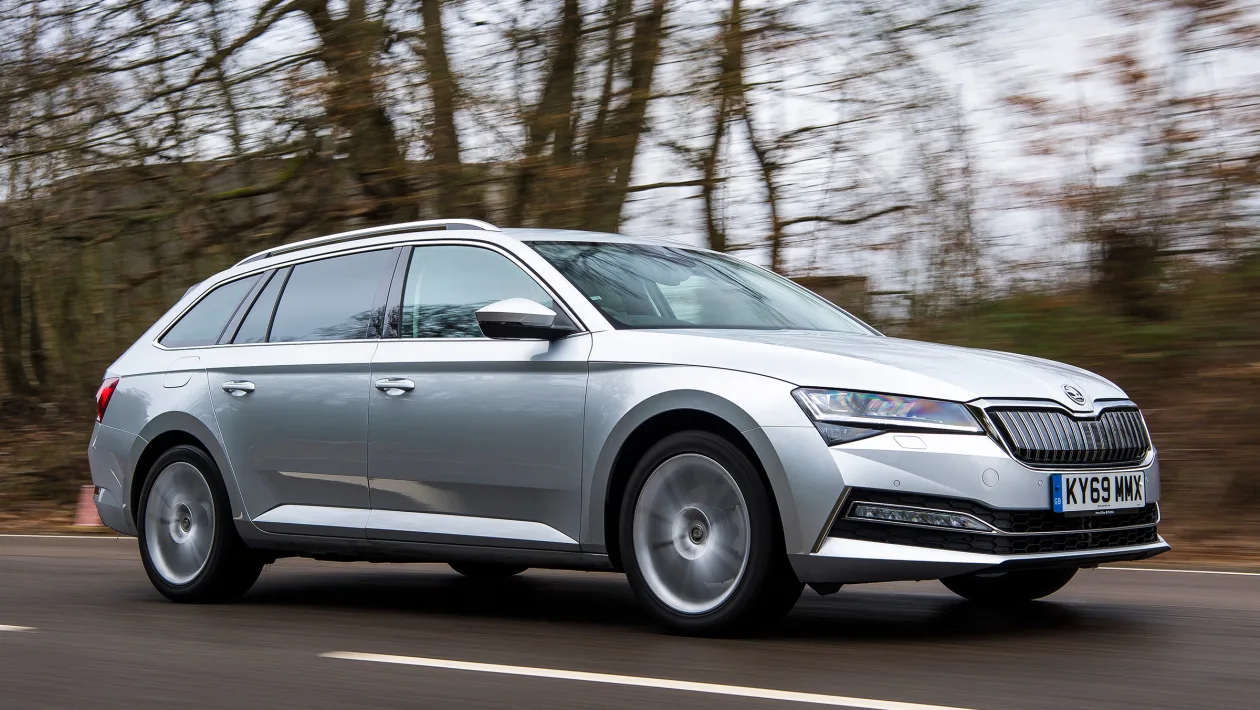
Skoda claims the Superb iV can cover 84 miles on a full charge an exceptional range for a plug-in hybrid.
In real-world conditions, that figure is closer to 70 miles, which is still more than sufficient for a demanding daily commute while keeping extra range in reserve.
Even if the battery runs out on a long trip, the Superb’s 1.5-litre petrol engine remains impressively efficient. Achieving around 45mpg at a steady cruise is easily attainable, making it more economical than most PHEVs in similar situations.
Inside, every Superb model features a brilliantly simple dashboard layout, paired with high-quality materials that exceed expectations for what’s often labeled a ‘budget’ brand. The cabin is filled with clever, thoughtful touches designed to make everyday life a little easier.
There are umbrellas integrated into the front doors, an ice scraper tucked inside the fuel filler flap, a clip on the windscreen to secure parking tickets, and even smart little grips in the cupholders to allow for one-handed bottle opening.
Pricing:
New Skoda Superb Estate – Starting from £34,067 (£280 / month)
Used Skoda Superb Estate – Starting from £30,490
2. BMW X5
If you’re willing to invest a significant amount in your daily driver, it’s hard to find a better option than the BMW X5.
Regardless of the version, the X5 is an outstanding large SUV but in plug-in hybrid form, it truly excels.
The excellence starts under the bonnet. While many PHEVs rely on small, uninspiring petrol engines, BMW takes a different approach.
The X5 50e plug-in hybrid is equipped with a 3.0-litre six-cylinder engine that delivers smooth power, a refined driving experience, and an engaging exhaust note.
The result is a vehicle that not only feels powerful but also provides an effortless and enjoyable drive.
Even when the petrol engine remains dormant and the car is running purely on electric power, the experience remains top-notch.
Thanks to a large battery pack, the X5 despite being as sizable as Buckingham Palace can travel up to 67 miles on a single charge. This is more than enough for even the most demanding daily commutes.
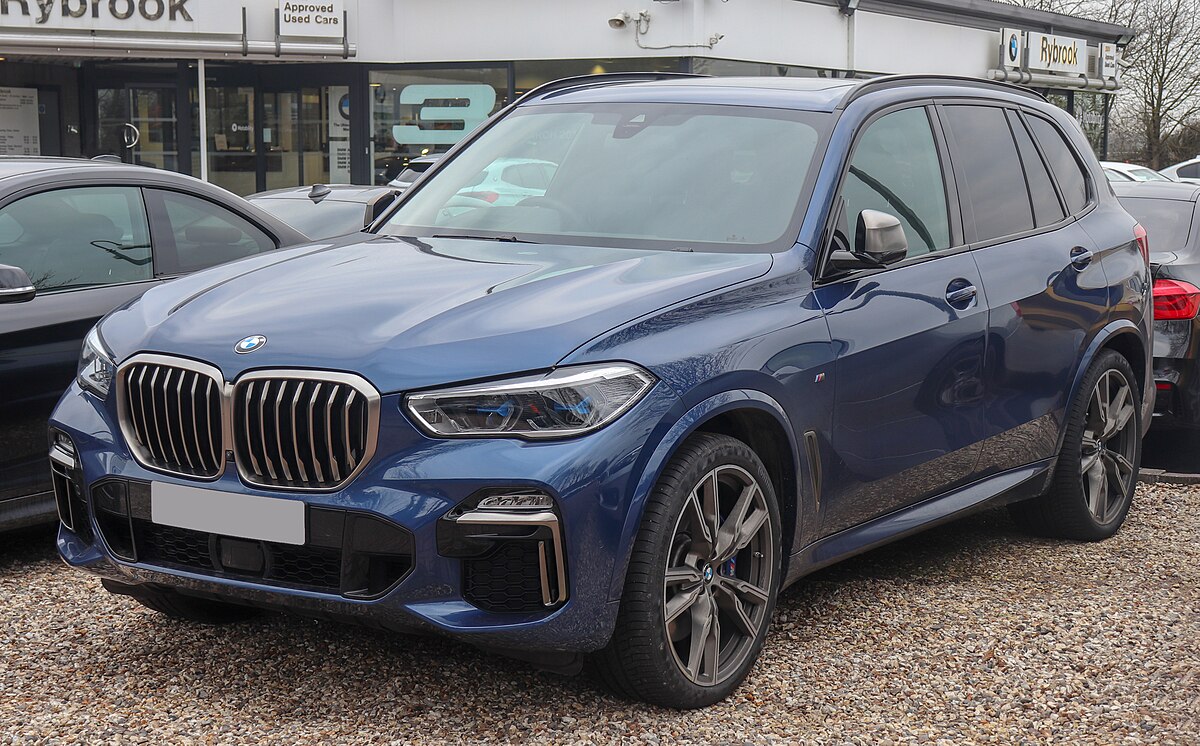
Whether navigating urban roads in electric mode, cruising effortlessly on the motorway with the petrol engine, or combining both power sources for maximum performance, the X5 delivers a fantastic driving experience.
It blends comfort and agility exceptionally well, masking its size and weight with impressive precision.
If ultimate luxury is what you seek, the Range Rover (below) might edge ahead, but the BMW X5 isn’t far behind in comfort. Where it truly shines is in its versatility, offering an incredible mix of performance, efficiency, and premium feel.
The interior is just as impressive. BMW’s twin-screen infotainment system is among the best in the industry, and the cabin materials exude quality and sophistication.
However, a drawback of the plug-in hybrid X5 is its five-seat limitation. Unlike the diesel version, which offers an optional third row for extra passengers, the PHEV sacrifices additional seating for a more spacious boot a trade-off that some buyers may actually prefer.
Pricing:
New BMW X5 – Starting from £65,310 (£744 / month)
Used BMW X5 – Starting from £20,995
3. Hyundai Santa Fe
The Hyundai Santa Fe is such a well-rounded vehicle that it took home the top honor as 2025 Car of the Year.
It’s not first on this particular list only because its self-charging hybrid variant is slightly superior but if you’re considering a PHEV for business use, this model is undoubtedly the better choice.
With an official electric range of 34 miles per charge, the Santa Fe PHEV doesn’t lead the pack in terms of all-electric driving distance.
However, it still provides enough range to handle school runs, daily commutes, and most local trips as long as you make charging a daily habit.That minor limitation aside, the rest of the Santa Fe is so exceptional that it more than makes up for it.
Its futuristic design sets it apart, striking a balance between bold, retro-inspired styling and modern appeal. The blocky silhouette is distinctive yet avoids looking purely utilitarian.
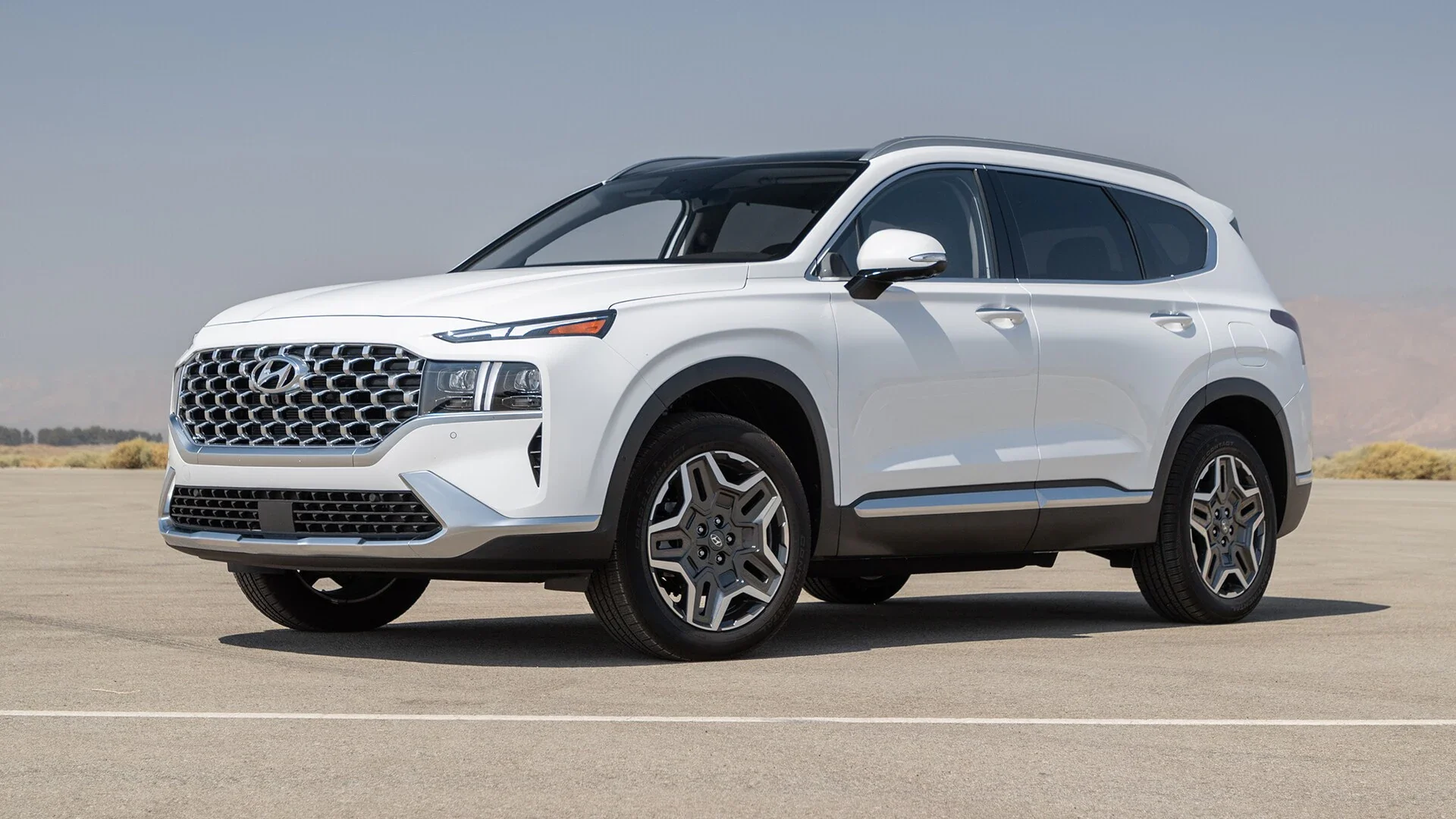
Beyond aesthetics, its boxy shape translates into outstanding practicality. Unlike many plug-in SUVs such as the BMW X5 (above) and Skoda Kodiaq (below) the Santa Fe PHEV retains its seven-seat configuration.
While the boot space is somewhat limited when all three rows are in use, switching to five-seat mode significantly increases cargo capacity. Additionally, smaller storage compartments throughout the cabin are fantastic where else can you find a car boasting 17 cupholders?
Another standout feature of the Santa Fe is its premium yet rugged feel, reminiscent of a Land Rover Defender.However, it’s priced far more competitively not quite budget-friendly like a Dacia, but still a much more accessible option compared to luxury-branded competitors.
On the road, the Santa Fe offers a comfortable driving experience paired with a high-quality, user-friendly dashboard. Altogether, it’s not just a fantastic PHEV it’s one of the best cars available in any category.
Pricing:
New Hyundai Santa Fe – Starting from £41,573 (£479 / month)
Used Hyundai Santa Fe – Starting from £47,720
4. MG HS
When equipped with its plug-in hybrid engine, the MG HS SUV stands out as one of the most cost-effective company cars available falling just short of a fully electric vehicle in terms of savings.
Its affordability is particularly striking because it meets the three key criteria that influence benefit-in-kind (BIK) tax rates.
First, its low purchase price makes it an appealing option even the high-spec Trophy model is priced under £34,000, while the more budget-friendly SE trim costs even less.
Second, the official CO2 emissions remain under 50g/km, keeping it within an attractive tax bracket.
Lastly, with an electric-only range of 75 miles, it qualifies for the 5% company car tax rate, rather than falling into the 8% or 12% bands where most competitors sit.
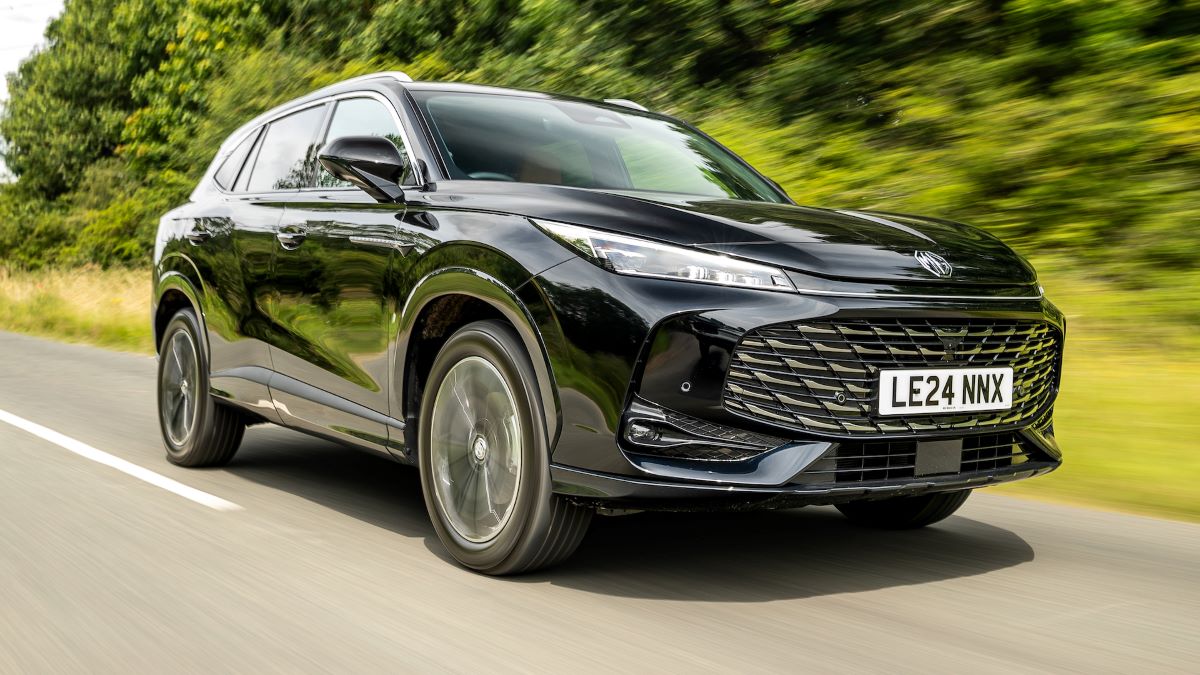
For private buyers, the MG HS PHEV remains an excellent choice. Its impressive battery range and affordable pricing allow it to function primarily as an electric car for daily use, with the 1.5-litre petrol engine stepping in only when necessary for extended trips.
Given its affordability, you might not expect premium-level luxury inside, but the MG HS holds its own.
The dashboard features a modern and attractive design, and aside from a few fiddly touchscreen controls, it’s generally straightforward to use.
While the MG HS won’t provide a sporty driving experience, it excels in comfort over long journeys, making it a practical and pleasant option for those prioritizing affordability and efficiency.
Pricing:
New MG HS – Starting from £22,420 (£255 / month)
Used MG HS – Starting from £21,366
5. BMW 3 Series
For decades, compact luxury saloons have been among the most sought-after company cars, and the addition of plug-in hybrid technology only makes them more appealing.
Among these, the BMW 3 Series remains one of the top choices available both as a sleek saloon and a stylish Touring estate and its plug-in hybrid variant, the 330e, makes it even more compelling.
Refreshed in 2024, the BMW 330e now boasts an official all-electric range of 63 miles, making it not just economical but also incredibly practical.
However, efficiency isn’t its only strong suit BMW’s commitment to creating the “ultimate driving machine” is on full display here.
The 330e delivers a balanced, precise driving experience with excellent handling, allowing for both spirited cornering and a more relaxed, refined drive when needed.
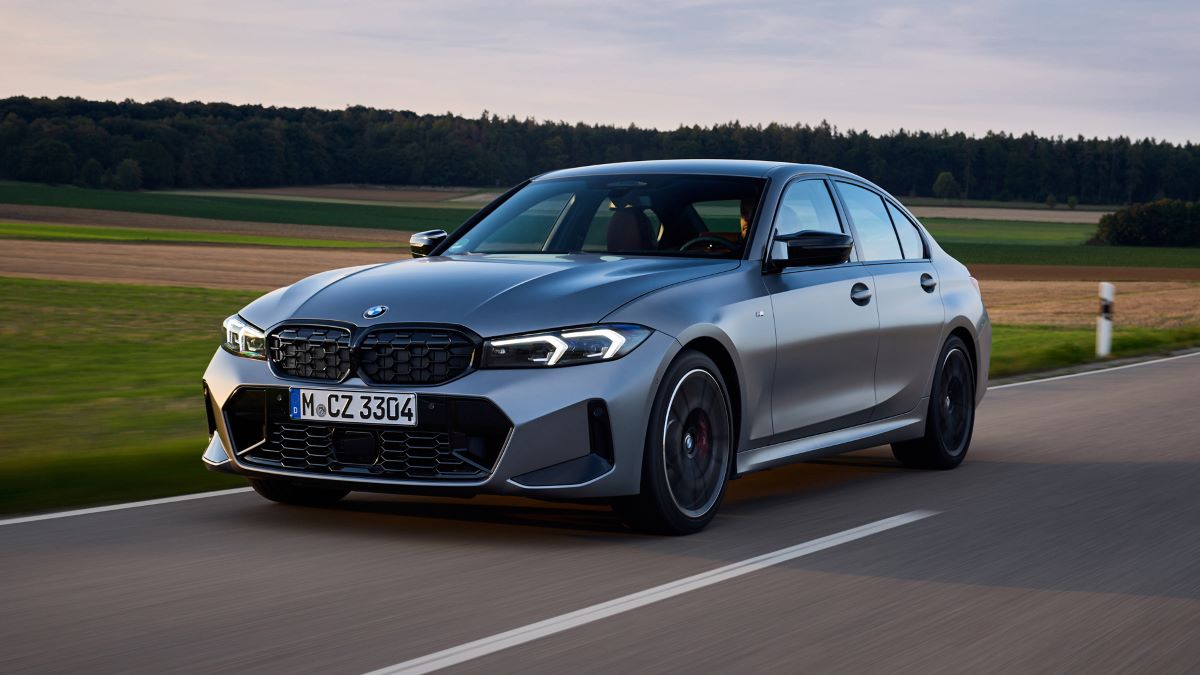
Long motorway journeys are a breeze, thanks to its quiet cabin and plush ride quality something any frequent traveler or sales rep will appreciate.
The only notable drawback of the 330e saloon is its compromised boot space, a result of the battery pack placement. However, those needing extra room can opt for the Touring estate variant, which mitigates this issue.
While it may not be the ideal choice for large families or those with bulky hobbies, it remains an exceptional vehicle for those wanting a luxurious, dynamic, and efficient drive in a compact package.
Pricing:
New BMW 3 Series – Starting from £37,768 (£485 / month)
Used BMW 3 Series – Starting from £10,495
Also Read: 10 Reliable Pickup Trucks That Keep Running Strong Even After a Decade
6. Mercedes E-Class Estate
At present, Mercedes-Benz is the only manufacturer offering a diesel-powered plug-in hybrid, and it’s puzzling why others haven’t followed suit this combination truly delivers the best of both worlds.
With an all-electric range of up to 68 miles, it’s perfect for shorter trips, daily commutes, and the school run. Yet, when you hit the motorway, you have a smooth and highly efficient diesel engine capable of achieving a genuine 60mpg if driven carefully.
Many other plug-in hybrids experience a drastic drop in fuel economy once their battery is depleted, but Mercedes’ ingenious approach ensures that long-distance driving remains just as efficient and hassle-free as city driving.
Of course, the E-Class Estate offers all the classic advantages that come with this prestigious model most notably, a spacious and tech-laden interior.
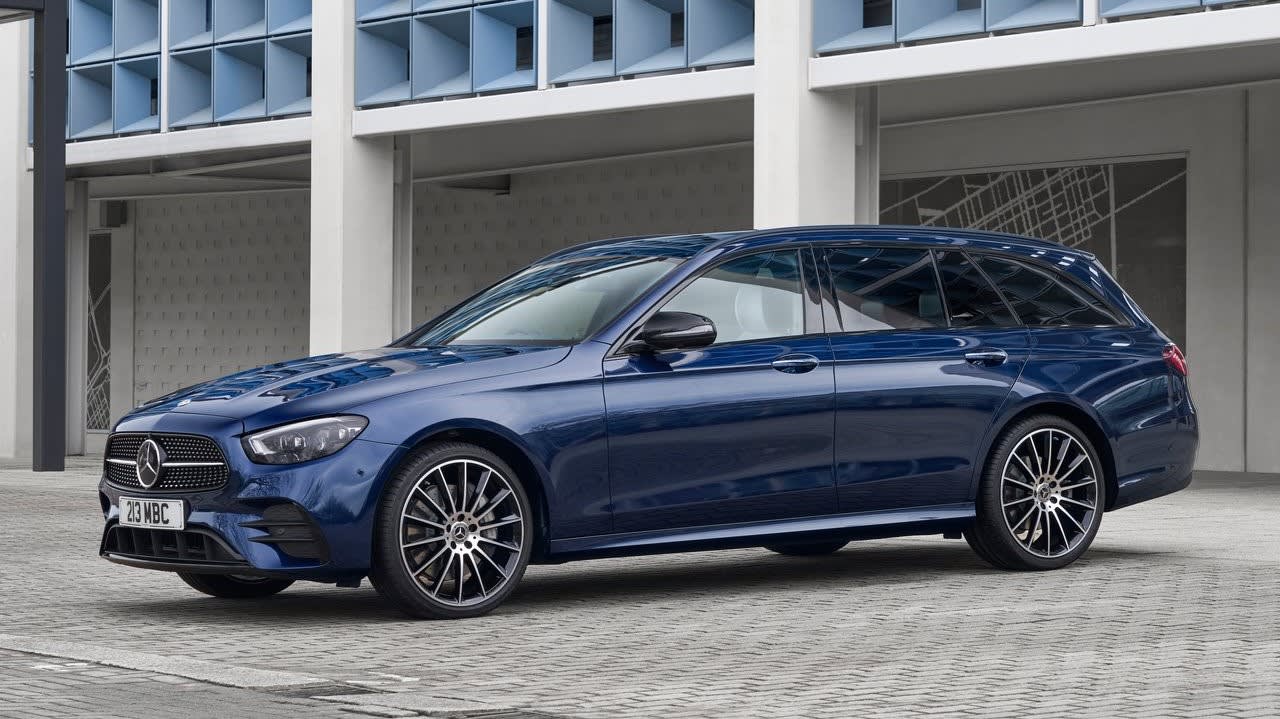
The available ‘Superscreen’ infotainment system is particularly striking, stretching across the dashboard like an entire electronics store’s worth of LCD displays.
On long journeys, it delivers exceptional comfort and refinement. The transition between electric and diesel power is nearly imperceptible, reinforcing the luxurious driving experience that Mercedes-Benz is known for.
It’s certainly not a budget-friendly option, but for those who can afford it, it’s well worth the investment.
Pricing:
New Mercedes-Benz E-Class Estate – From £57,780 (£864 / month)
Used Mercedes-Benz E-Class Estate – From £57,914
7. Volkswagen Golf
While large luxury SUVs are in high demand, for many, the Volkswagen Golf is truly all the car they need.
It comfortably seats four passengers, has a decent-sized boot, and is compact enough for easy city driving while still feeling confident and capable on the motorway.
The timeless Volkswagen badge also ensures it looks at home anywhere, whether parked outside an office or a countryside retreat.
The Golf lineup includes petrol, diesel, and mild hybrid variants, but it’s the eHybrid plug-in hybrid models that truly stand out.
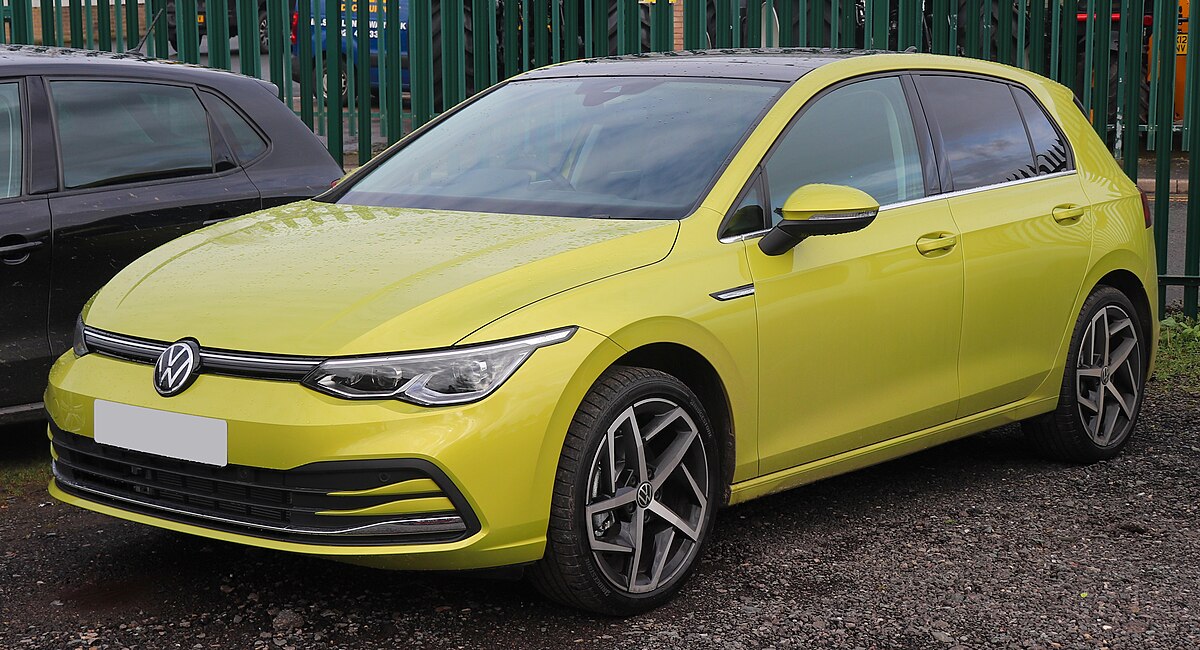
With an electric range exceeding 80 miles, they offer one of the longest all-electric capabilities among PHEVs on the market. Realistically, how often do you drive more than 80 miles in a day?
However, the larger battery pack does eat into boot space, and the extra weight slightly affects the driving dynamics compared to other Golf models.
It’s also more expensive than a conventional petrol or diesel Golf if you’re buying privately, but as a company car, the tax advantages make it an attractive option.
Pricing:
New Volkswagen Golf – Currently unavailable
Used Volkswagen Golf – Currently unavailable
8. Skoda Kodiaq
As one of the top family SUVs, the Skoda Kodiaq only gets better as a plug-in hybrid though it does lose the seven-seater option available in petrol and diesel models.
It shares its hybrid powertrain with the Skoda Superb, but since the Kodiaq is bulkier, its electric range is slightly lower at 75 miles instead of 84 miles—still very respectable.
Inside, the Kodiaq’s cabin is quite similar to the Superb’s, providing a well-thought-out, family-friendly space.
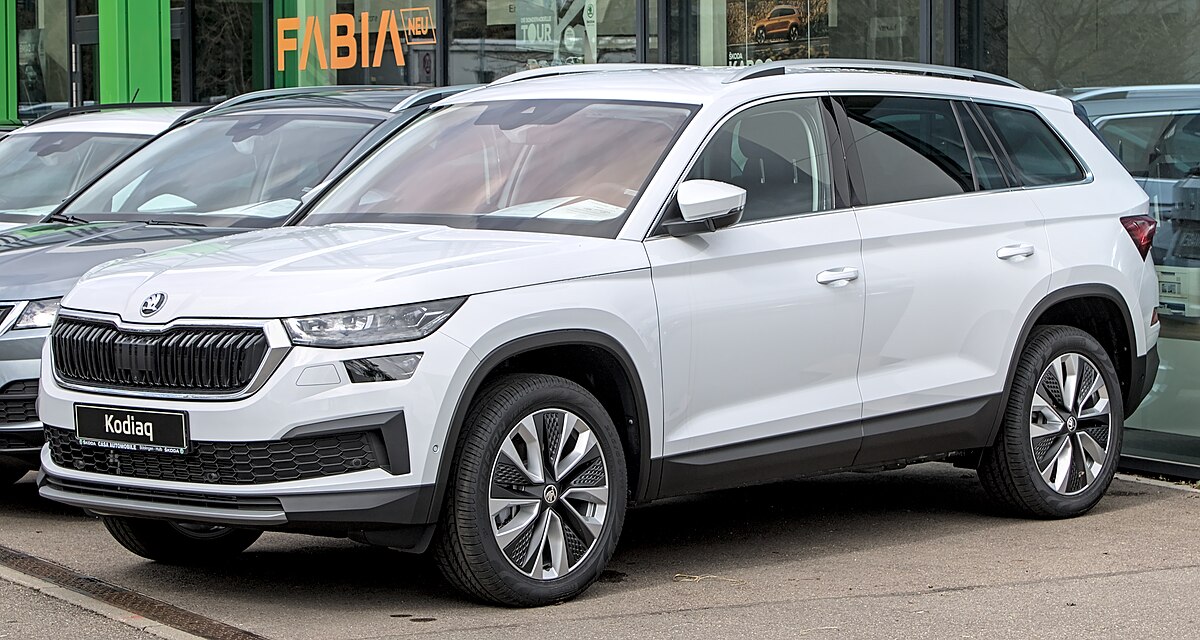
While rear passenger space isn’t as spacious as the Superb, the 745-litre boot is among the largest in its class, making it ideal for families no matter how much overpacking happens.
Despite its size, it remains comfortable on long journeys and is surprisingly easy to handle in urban environments. If you love the Skoda Superb but prefer an SUV, the Kodiaq is an outstanding choice.
Pricing:
New Skoda Kodiaq – From £34,885 (£285 / month)
Used Skoda Kodiaq – From £32,724
9. Volkswagen Multivan
Despite its van-like name and boxy shape, the Volkswagen Multivan is far from a commercial vehicle it actually shares more DNA with the Volkswagen Golf.
That means it’s far quieter, more comfortable, and easier to drive than a traditional van, while also benefiting from refined car-like engines instead of industrial diesel units.
One of the standout options is the eHybrid plug-in hybrid variant, which provides an electric range of up to 30 miles before the 1.4-litre petrol engine takes over.
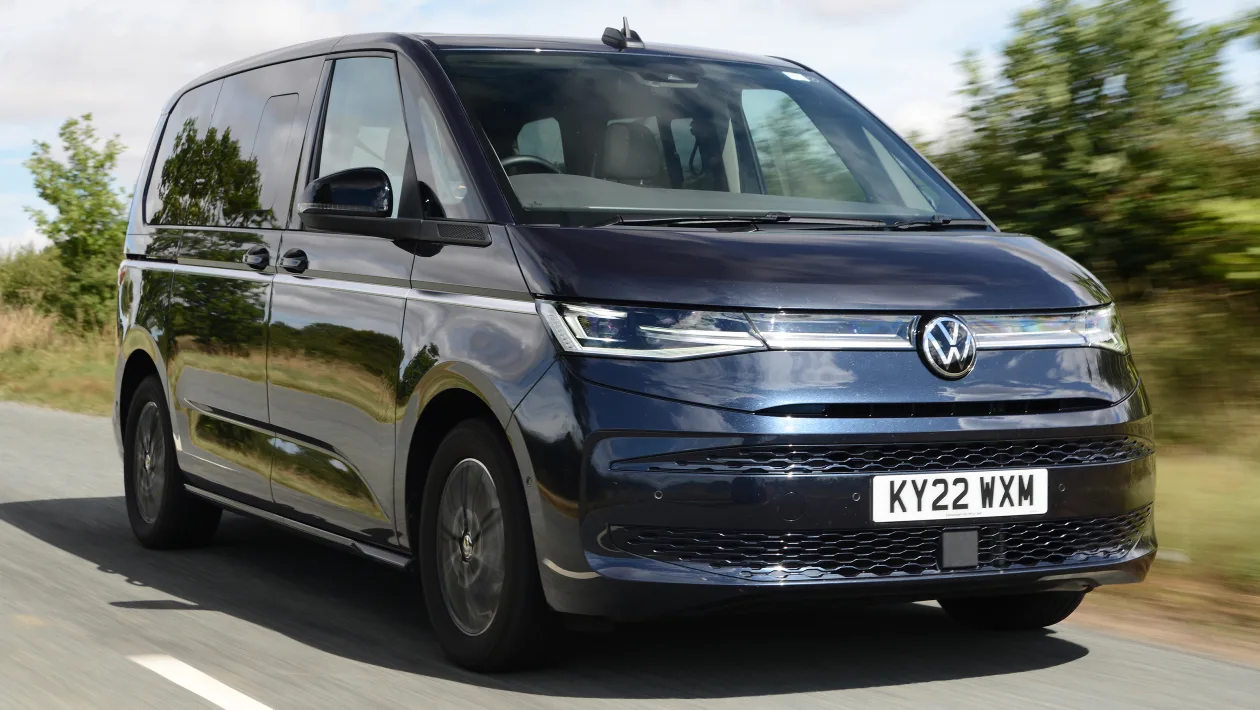
More importantly, the Multivan excels in practicality. It features seven seats as standard, all of which can slide, fold, and recline individually.
The middle-row seats can even swivel, and for those needing extra luggage capacity, a long-wheelbase version is available. Additionally, the interior storage is fantastic, with numerous clever cubbyholes and a versatile sliding armrest/table/storage unit.
Pricing:
New Volkswagen Multivan – From £47,908 (£626 / month)
Used Volkswagen Multivan – Currently unavailable
10. Range Rover
The Range Rover has long been regarded as the pinnacle of SUV excellence, and its plug-in hybrid models the P460e and P510e enhance its appeal even further.
These models can now glide over rough terrain in silent electric mode, offering up to 75 miles of battery range before needing to switch to petrol power.
Despite its eco-friendly credentials, the PHEV version remains just as off-road capable as any Range Rover, tackling challenging terrain with ease.
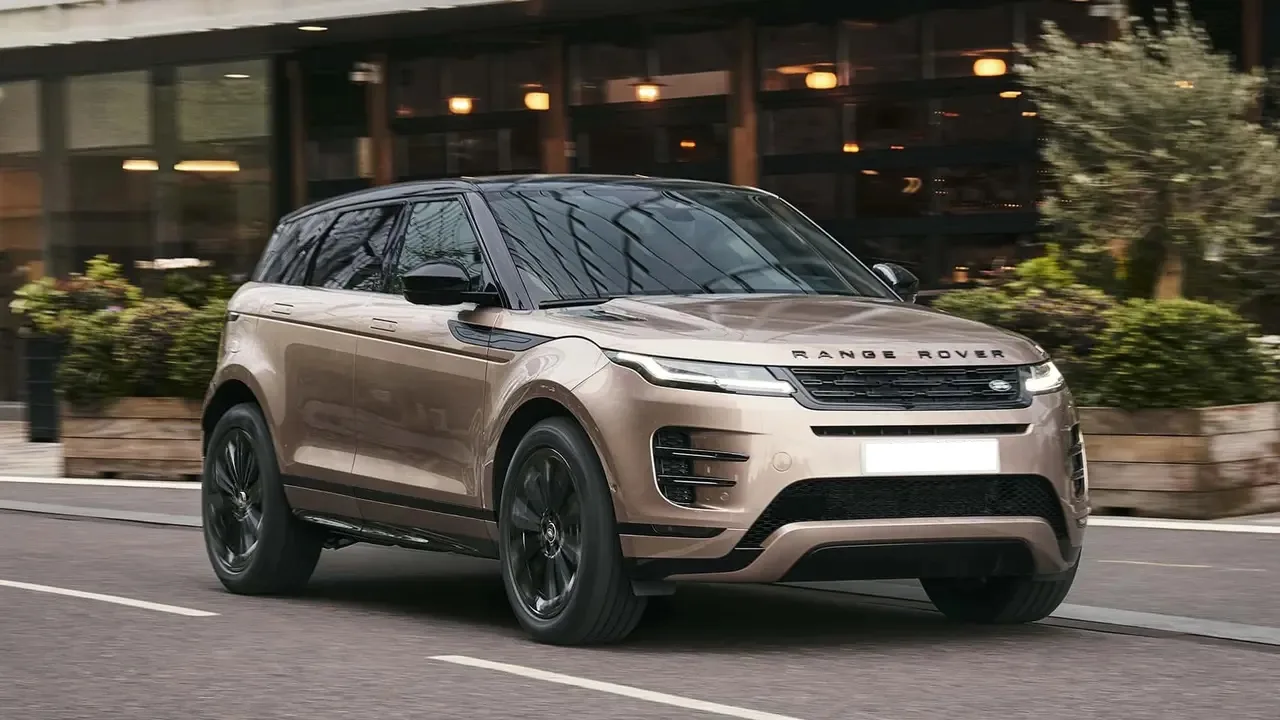
Inside, the luxury is second to none, with exceptional build quality, premium materials, and a spacious cabin. However, this plug-in hybrid model does not offer a seven-seat configuration, unlike the diesel variant.
Pricing:
New Range Rover – From £98,509 (£1,426 / month)
Used Range Rover – From £77,570
Also Read: Top 12 Supercars That Were Built With Jet Engine Technology Offering Unmatched Performance

